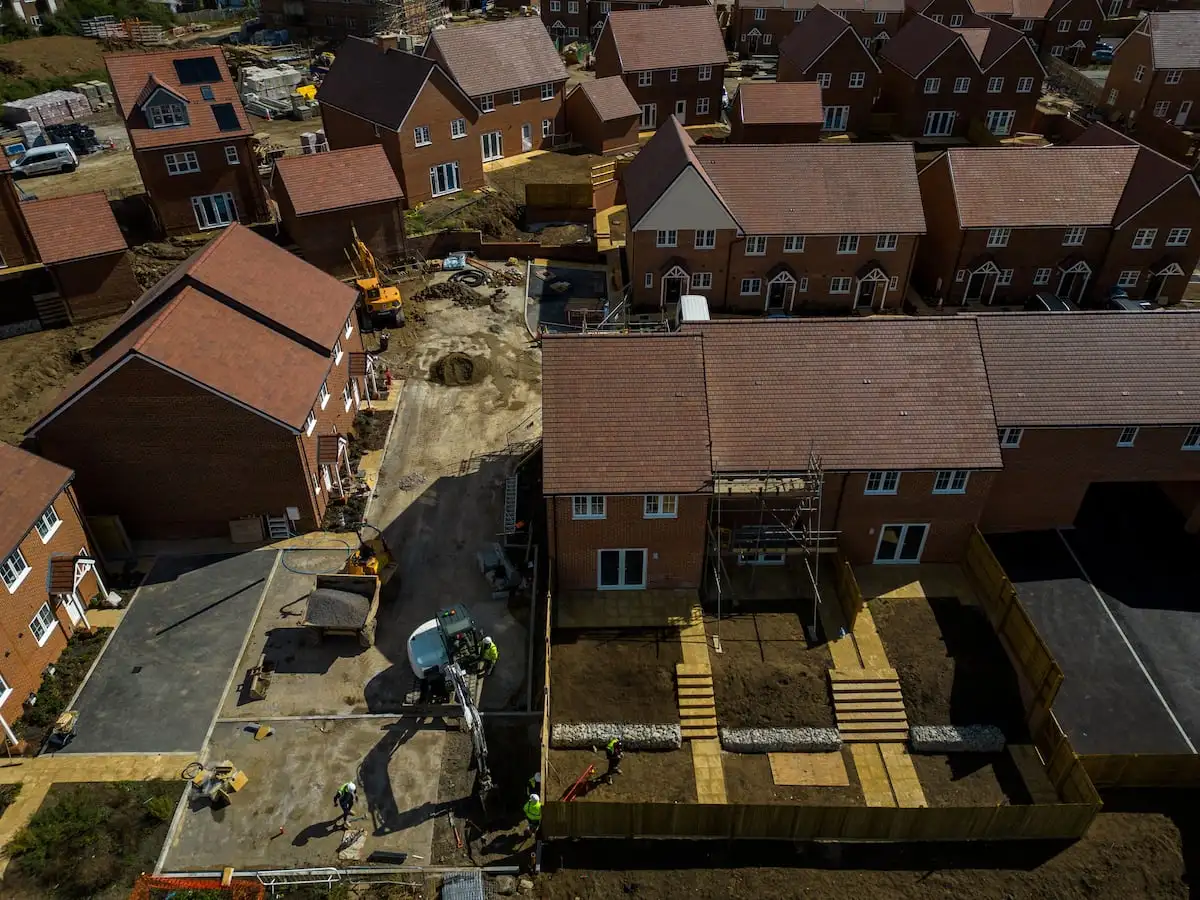Prices have risen by 54% in the United States, 32% in China and nearly 15% in the European Union between 2015 and 2024. Though policies have been implemented to increase supply and regulate rentals, their impact has been limited and the problem is getting worse
Housing access has become a critical issue worldwide, with cities that were once accessible reaching unsustainable price points. Solutions that have been proposed, like building more houses, capping rents, investing in subsidized housing and limiting the purchase of properties by foreigners have not stemmed the issue’s spread. Between 2015 and 2024, prices rose by 54% in the United States, 32% in China and by nearly 15% in the European Union (including by 26% in Spain), according to the Organisation for Economic Co-operation and Development.
…
Salaries have not grown apace with real estate prices. In the EU, the median rent rose by 20% between 2010 and 2022, with rental and purchase prices growing by up to 48%, according to Eurostat. Underregulated markets are wreaking havoc, and in the United States and Spain, 20% of renters spend more than 40% of their income on housing, while in France, Italy, Portugal and Greece, that percentage varies between 10% and 15%, according to the OECD. Many countries have created programs aimed at increasing the future supply of public housing, but their effectiveness has yet to be determined and analysts say that results will be limited if smarter regional planning decisions are not made.



Driving through rural areas and seeing all the unlivable homes. Seeing home listings in the rural area I grew up how long they can be on the market even when houses sell here their first day
I don’t see actual stats, but the internet has l plenty of anecdotes like
Edit: data is mostly by state, but does show rural states have th highest percentage of vacant homes. Looks like about 7.5 million “permanently vacant” homes in the US, or 5% of the market, and some percentage of those just won’t sell
However,Alasaka is a great example, listed as one of the highest percentage of vacant homes - but not one of the highest rates of homelessness
Thats why we don’t make decisions on these sorts of things or wild declarations about them based on anecdotes.
Your reply may have come between my original wording and an edit that I thought was “quick enough”
The edit doesn’t really show why it would effect poor people disproportionately. Also, no one should be surprised that vacant homes in the ass end of alaska have very little effect on rates of homelessness.
Homes where noone wants to live don’t count towards relief for a shortage unless you can figure out how to make those places at least baseline attractive to people. Jobs, schools, parks, a sportsball team, all that stuff.
Exactly. Passing a tax on empty homes will disproportionately hurt people who can’t sell for homes that can’t solve the problem